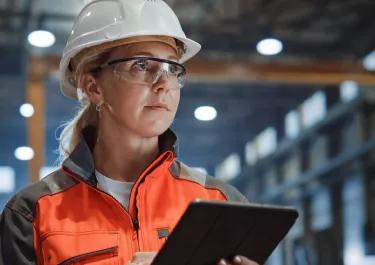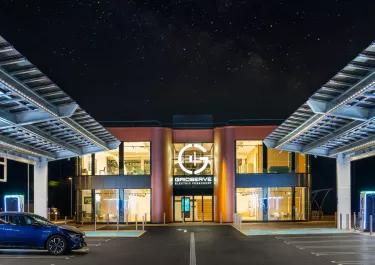
Reducing Visual Pollution on Temporary Buildings
Traditionally, visual pollution refers to the idea of visual clutter, or the overcrowding of an area. Considered an aesthetic issue, it includes billboards and advertising, open storage of rubbish, overhead electric wires, graffiti, buildings and cars. Visual pollution is often the result of poor planning, whether that’s buildings, street furniture or public transport.
When it comes to temporary modular buildings, they could be seen as visual pollution as they are not the most aesthetically pleasing to look at, and they are also usually accompanied by building work, which clutters the visual field until the building is finished.
Is this just an aesthetic issue?
Actually, no. The impact of visual pollution is that it impairs the ability to enjoy a view, which can lead to distraction, eye fatigue, and even biological stress responses.
Distractions are well known to cause traffic accidents as drivers stop focussing on the road and divert their attention elsewhere, reducing awareness and increasing the likelihood of an incident.
A study in Tehran, for example found that there was a significant relationship between visual contamination and health indicators of citizens, including physical signs, social function, anxiety, insomnia and depression.
Visual pollution is also a sustainability issue, because it affects the quality of the environment, and could potentially affect the area’s performance as a business or retail district and in terms of visitors and tourists.
What can you do as a developer or a site manager to make sure that the visual pollution of your construction site is reduced?
There’s no one-size-fits-all approach, however, the use of fences and boards on the perimeter to conceal the building works has an impact on reducing visual pollution, as well as being an effective security measure.
Murals and artwork from local artists on the exterior of the fences will also have a positive impact on local relationships as well as making them more aesthetically pleasing.
Temporary buildings contribute to visual pollution too, but there are ways of making them easier on the eye, such as our branding service. Whether you choose to go for “branded” or you choose to go down the mural or the more designed route, it’s a great way to disguise the temporary building so it doesn’t contribute as much to visual clutter.
Our design service for permanent modular buildings means that visual pollution is reduced through the design of the building itself. Modular buildings don’t have to mean boxes, and can in fact be fully designed spaces.
Visual pollution is a real problem, but one that can be relatively easily solved through the planning of your construction site – if you’d like to discuss further, please get in touch!












